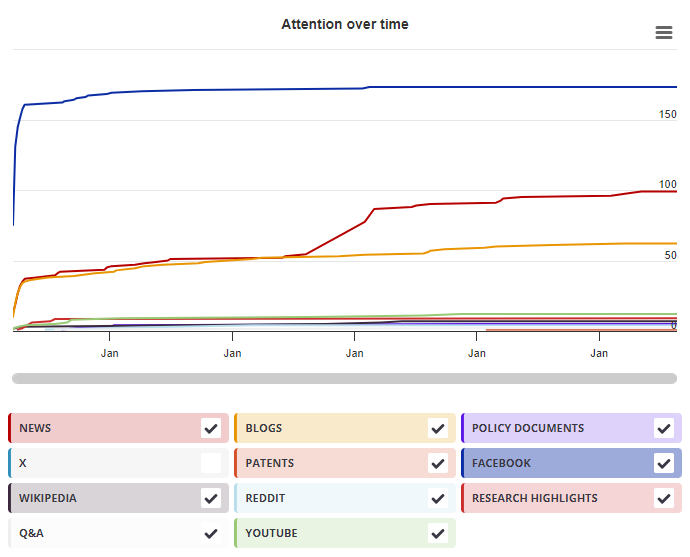| Chapter title |
Specific Gene Silencing Using RNAi in Cell Culture.
|
|---|---|
| Chapter number | 30 |
| Book title |
Neurodegeneration
|
| Published in |
Methods in molecular biology, January 2011
|
| DOI | 10.1007/978-1-61779-328-8_30 |
| Pubmed ID | |
| Book ISBNs |
978-1-61779-327-1, 978-1-61779-328-8
|
| Authors |
Chunxing Yang, Linghua Qiu, Zuoshang Xu, Yang, Chunxing, Qiu, Linghua, Xu, Zuoshang |
| Abstract |
RNA interference (RNAi) is a conserved cellular mechanism in most eukaryotes that can mediate specific gene silencing. Since its discovery in 1998, rapid progress has been made in understanding its basic mechanism and its application in research and drug discovery. In recent years, the application of RNAi in research, including research in neurodegeneration, has expanded rapidly such that it has become a regular tool for reverse genetics in cultured cells in many labs. However, an incomplete understanding of the RNAi mechanism and worries about its pitfalls still intimidate many others. Here, we present a streamlined and simple protocol for the design and implementation of an RNAi experiment in cultured cells, aiming to enable those who are inexperienced with RNAi to apply this powerful method in their research, particularly in the field of neurodegeneration. |

X Demographics
As of 1 July 2024, you may notice a temporary increase in the numbers of X profiles with Unknown location. Click here to learn more.
Geographical breakdown
| Country | Count | As % |
|---|---|---|
| Australia | 1 | 33% |
| Turkey | 1 | 33% |
| United States | 1 | 33% |
Demographic breakdown
| Type | Count | As % |
|---|---|---|
| Scientists | 2 | 67% |
| Members of the public | 1 | 33% |
Mendeley readers
Geographical breakdown
| Country | Count | As % |
|---|---|---|
| Unknown | 88 | 100% |
Demographic breakdown
| Readers by professional status | Count | As % |
|---|---|---|
| Student > Ph. D. Student | 21 | 24% |
| Student > Bachelor | 19 | 22% |
| Student > Master | 11 | 13% |
| Researcher | 7 | 8% |
| Student > Doctoral Student | 3 | 3% |
| Other | 9 | 10% |
| Unknown | 18 | 20% |
| Readers by discipline | Count | As % |
|---|---|---|
| Biochemistry, Genetics and Molecular Biology | 39 | 44% |
| Agricultural and Biological Sciences | 12 | 14% |
| Medicine and Dentistry | 5 | 6% |
| Pharmacology, Toxicology and Pharmaceutical Science | 3 | 3% |
| Neuroscience | 3 | 3% |
| Other | 9 | 10% |
| Unknown | 17 | 19% |